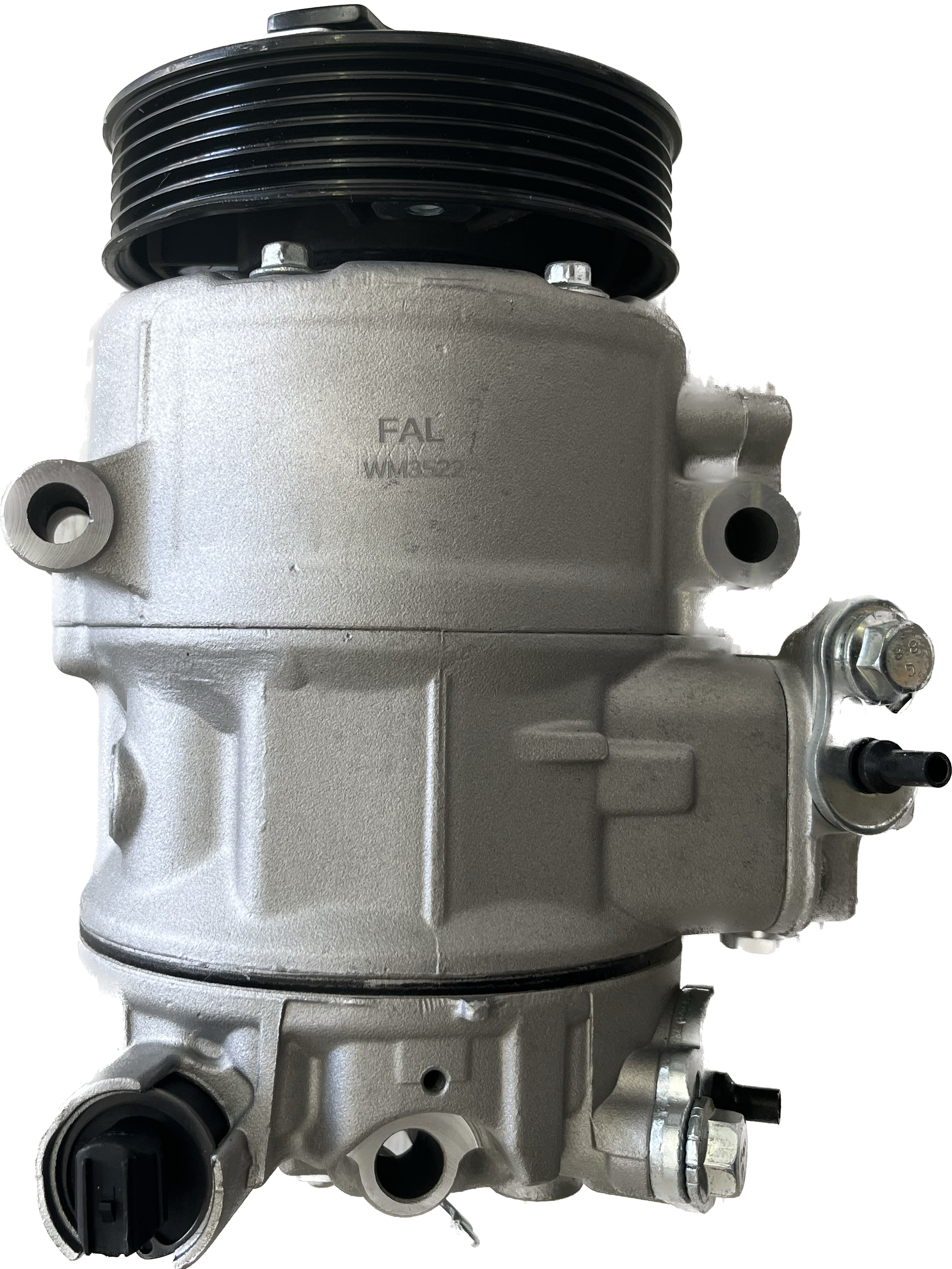Ensure smooth operations with a properly serviced clp engine.
Ensure smooth operations with a properly serviced clp engine.
Blog Article
Just How a Clp Engine Can Improve Effectiveness in Various Industries
The development of CLP engines marks a significant shift in functional effectiveness across numerous sectors, driven by their ability to enhance fuel usage and reduce downtime. Industries such as production and logistics stand to acquire substantially from their durable design and constant power result, which assure to improve operations and improve efficiency. As organizations progressively prioritize sustainability along with effectiveness, the role of CLP engines becomes even much more crucial. What continues to be to be seen is exactly how these improvements will certainly shape the future landscape of industrial operations and their influence on broader economic fads (clp engine).
Introduction of CLP Engines
CLP engines, or Continual Fluid Propellant engines, stand for a substantial advancement in propulsion modern technology, specifically for space applications. These engines use a constant feed system that enables the sustained expulsion of propellant, bring about boosted effectiveness and efficiency compared to typical strong or hybrid propulsion systems. By preserving a consistent flow of fluid propellant, CLP engines can achieve extra exact thrust control, which is crucial for maneuvering spacecraft in numerous mission circumstances.
The style of CLP engines integrates advanced materials and cutting-edge fuel monitoring systems. clp engine. This causes minimized weight and enhanced reliability, important aspects for long-duration space missions. Moreover, the continual procedure reduces the danger of combustion instability, a typical obstacle in standard rocket engines.

Benefits in Production
The manufacturing of Constant Liquid Propellant (CLP) engines presents several noteworthy advantages that improve both effectiveness and cost-effectiveness. Among the key benefits is the structured production procedure, which decreases the intricacy connected with conventional propulsion systems. By using fluid propellant, manufacturers can attain greater accuracy in engine efficiency, causing optimized energy result and reduced waste.
Additionally, CLP engines facilitate a greater degree of modularity, permitting less complicated assimilation into various production lines. This adaptability can substantially lower lead times and enhance overall operational flexibility. Making use of CLP modern technology likewise has a tendency to reduce the requirement for substantial maintenance due to fewer moving parts, which equates right into reduced downtime and operational expenses.

Applications in Logistics
Leveraging Continuous Fluid Propellant (CLP) engines in logistics offers significant benefits in functional performance and dependability. These engines provide why not check here a durable remedy for various transportation demands, allowing the seamless activity of goods throughout substantial ranges. The inherent style of CLP engines permits consistent power output, which equates into smoother and more foreseeable transportation schedules.
Among the key applications of CLP engines in logistics is in heavy-duty freight transportation, where they can drive both ground and airborne automobiles. Their capacity to maintain high efficiency under differing tons problems guarantees that delivery timelines are satisfied, consequently enhancing consumer contentment. Furthermore, CLP engines can be integrated right into automated logistics systems, helping with real-time tracking and maximizing course preparation.
Additionally, the sturdiness of CLP engines minimizes maintenance downtime, allowing logistics firms to optimize their functional abilities. This is especially beneficial in warehousing operations, where efficiency in taking care of and delivering products is essential. As logistics remains to develop, the assimilation of CLP engines stands for a forward-thinking method that not just boosts performance but also sustains the sector's expanding demands for reliability and speed.
Influence On Power Effectiveness
How do Constant Liquid Propellant (CLP) engines enhance power performance in transport? CLP engines utilize a regular circulation of fluid gas, optimizing burning processes and maintaining a stable drive result. This layout minimizes energy losses related to conventional burning engines, where gas distribution can vary and lead to inadequacies.
The constant operation of CLP engines enables look at these guys an extra effective thermal cycle, causing greater details impulse contrasted to traditional engines. clp engine. This converts to lowered fuel usage for the same quantity of job done, significantly reducing operational expenses across numerous transportation industries, including aeronautics and maritime markets
Moreover, the capability of CLP engines to maintain optimal performance under varying load problems reduces the demand for regular velocity and slowdown, additionally enhancing gas performance. Enhanced power effectiveness not just adds to set you back financial savings but also results in reduce greenhouse gas discharges, aligning with international sustainability goals.
Future Trends and Innovations
Emerging developments in Continuous Liquid Propellant (CLP) engine modern technology guarantee to reinvent the landscape of transport performance and sustainability. As industries pivot towards greener alternatives, CLP engines stand at the forefront, integrating cutting-edge products and style techniques that boost efficiency while minimizing environmental impact.
One of one of the most encouraging fads is the fostering of crossbreed systems that incorporate CLP engines with renewable resource resources. This harmony can optimize fuel consumption and reduce discharges, lining up with global sustainability objectives. Advancements in computational liquid characteristics (CFD) are promoting the style of even more aerodynamically reliable engines, leading to decreased drag and improved gas effectiveness.
Additionally, the development of wise tracking systems is set to boost operational efficiencies. These systems utilize information analytics and IoT innovation to optimize engine efficiency in real-time, guaranteeing that the engines operate within their most go to website effective parameters.
As study remains to explore different propellant formulas-- such as biofuels and synthetic gas-- the future of CLP engines looks appealing. By harnessing these technologies, markets can not only boost their effectiveness however likewise add significantly to a cleaner, more sustainable future in transport.
Conclusion
Finally, CLP engines represent a considerable advancement in effectiveness across numerous markets. Their ability to maximize fuel consumption and minimize operational expenses, combined with a continual feed system, improves power output and operational dependability. The combination of innovative products and less relocating components decreases maintenance demands, while positioning with sustainability goals settings CLP engines as an essential technology for the future. Continued technology in this field promises additional enhancements in effectiveness and environmental performance.
Report this page